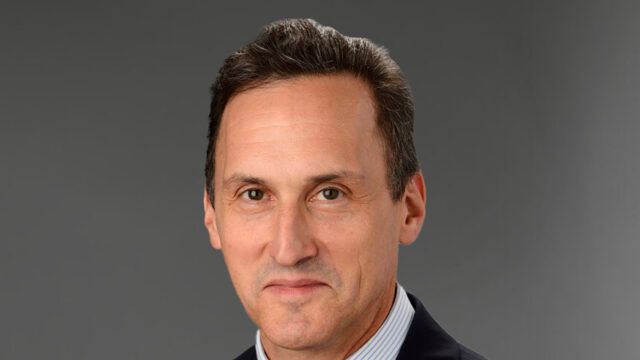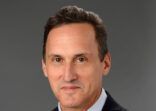After the US consumer-inflation report came in better than expected last week, expectations for a soft landing have started to take hold among asset managers.
Markets have been focused on a possible recession in 2024 based on a history of steep recessions following events such as the dotcom bubble of the late ’90s or the housing bubble of ’07.
However, this would be overlooking past instances of soft landings, according to Robert Tipp, PGIM Fixed Income’s chief investment strategist.
“People don’t seem to be aware of the history of soft landings,” he told a recent media briefing in Hong Kong.
“2018 was a rate hiking cycle that ended with a soft landing, but then the pandemic hit and people forgot all about it,” he said.
“In the mid-1990s even, there was a 300 basis point increase in the Fed funds rate that was followed by five years of very strong growth.”
In the wake of the Silicon Valley Bank collapse earlier in the year, there were growing concerns that high interest rates would cause a credit crunch and a lack of lending would hold back the economy.
However these concerns missed the point, according to Tipp, who argued that rising interest rates and tighter lending conditions would only create a recession if the current expansion was dependent on borrowing.
“The excesses that would typically create a recession are simply not in existence”
“A lot of the expansions in the past were dependent on borrowing, but this time, it is a job growth driven organic expansion,” he said. “It’s not particularly driven by borrowing.”
“People are focusing on things they can grab on to assume there’ll be a recession, not realising that coming out of the financial crisis, financial institutions were very well capitalised, household balance sheets have been cleaned up and lending conditions have been very conservative. We’re lacking in asset bubbles.”
“Coming out of the pandemic, the excesses that would typically create a recession are simply not in existence,” he said.
Another factor that is contributing to the economic resilience of the US is the fact that job growth has remained strong and, following on from that, so has consumer spending.
“I think there is evidence that employment growth has been strong and people are spending at a very consistent pace in real terms even though their real incomes are falling,” Tipp said.
He also pointed to immigration as another major contributor to economic growth in the US and other OECD countries.
Indeed, according to the OECD, more than one in three member countries recorded migration figures that were unprecedented last year. The US has seen a notable rise in immigration figures over the past few years.
Tipp said: “In an environment of rapid employment growth, the foreign-born percentage of workers has been rising and it’s even outstripping the rapid rate of job growth.
“This is a really strong contributor to growth,” he added. “Having Australia for example see a 2% increase in population in one year, it is very hard not to have strong growth, just from consumption, even if these people are coming in are just students. In places like the United States, they are coming in for work.”

















